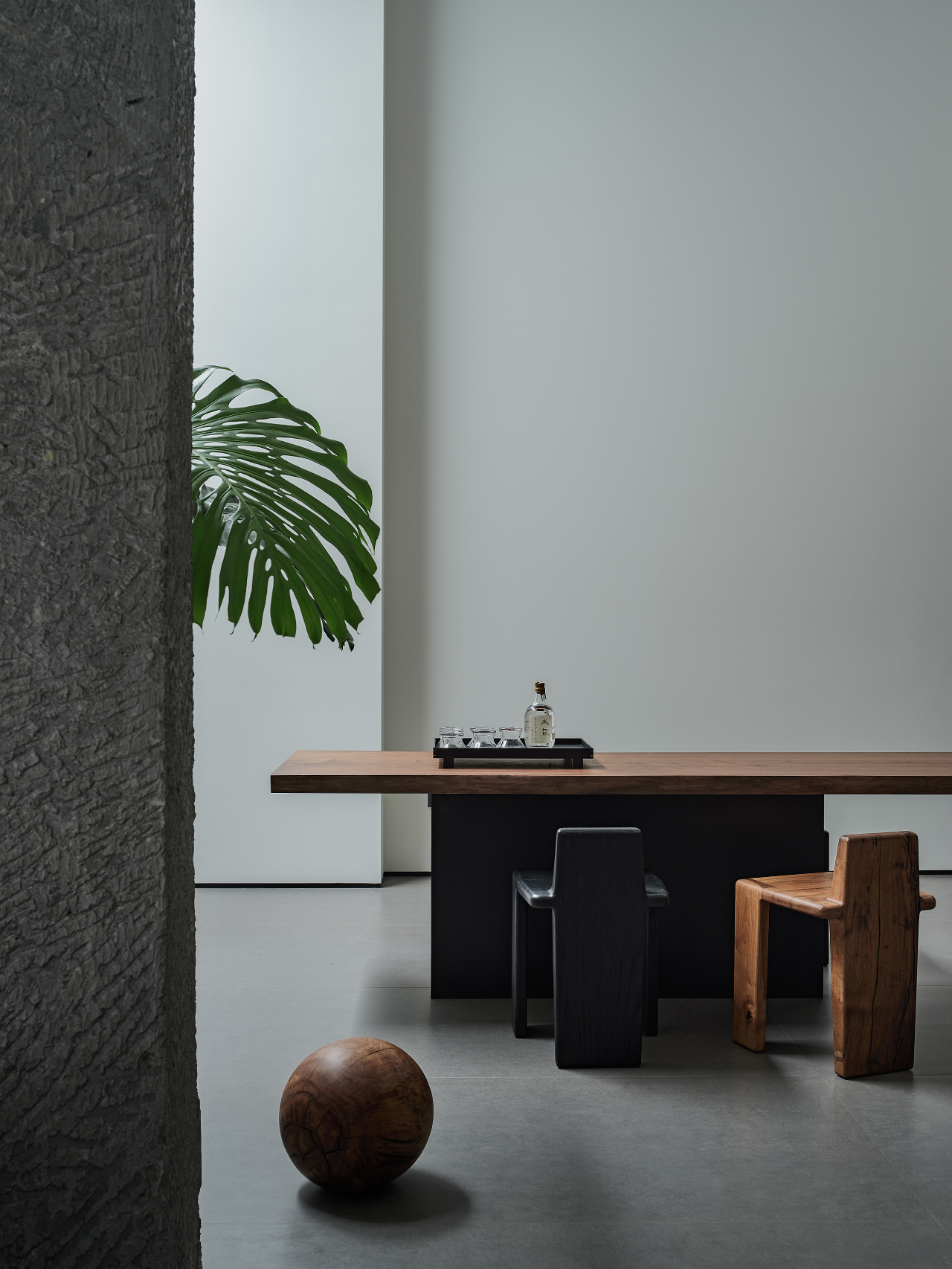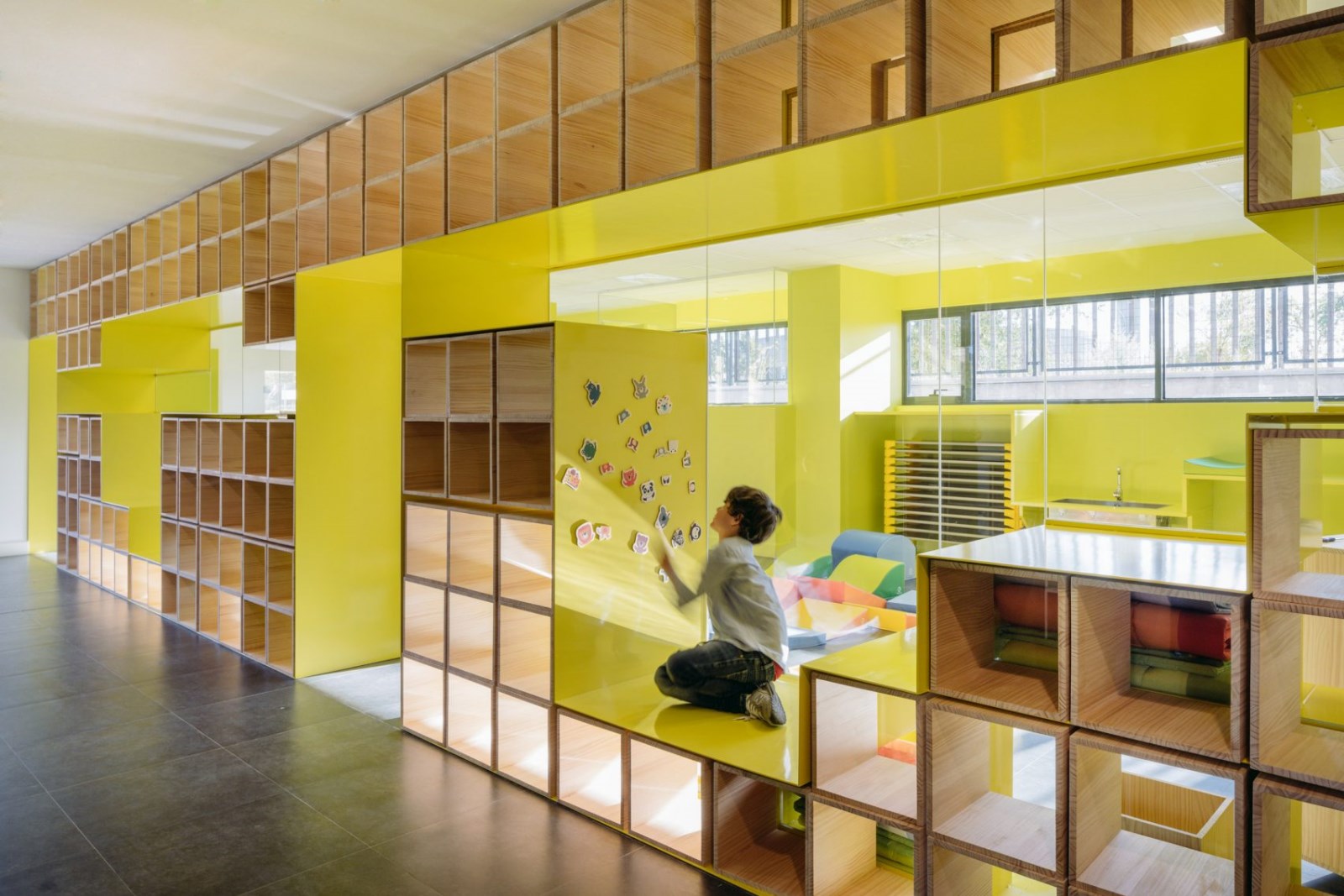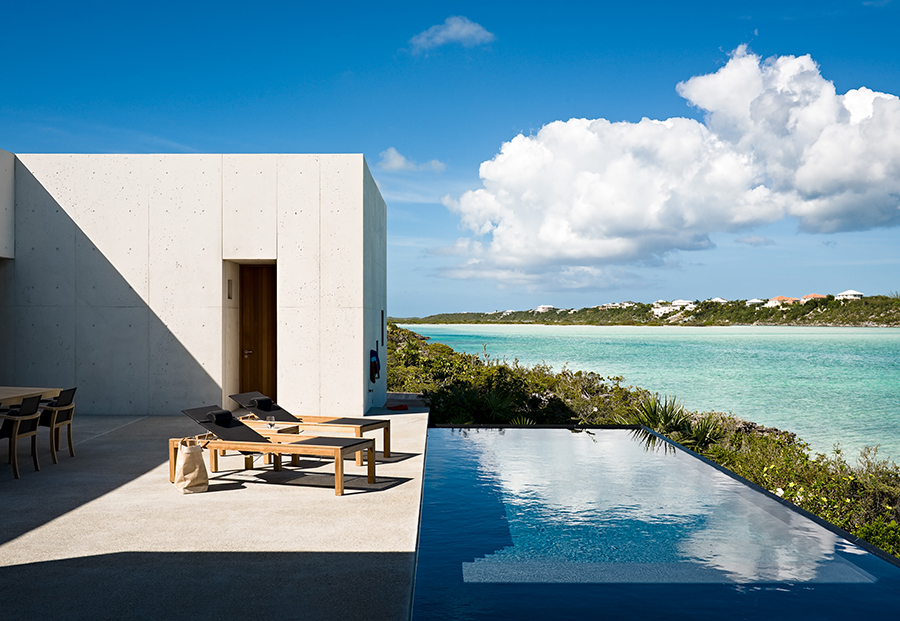Madrid
2018-07-10 01:00
建筑管理TPS、Otep、HCA、AHA设施INITEC、TPS主要结构设计安东尼·亨特战略设计作者Warrington Fire ResearchController Hans梳理y Gabinete de Ingeniería声学桑迪·布朗照明公司评估师乔纳森·斯皮尔斯景观档案Ados模型3DD、J.Queipo Contractors终点站:尤特费罗维、FCC、ACS、NECSO、Sacyr/satélitite:Draadados、OHL/Aparcamito:DraGados、OHL/Aparcamito
Construction Management TPS, OTEP, HCA, AHA Installations INITEC, TPS Principal Structure Design Anthony Hunt Estrategic Design Authors Warrington Fire Research Cost Controllers Hanscomb y Gabinete de Ingeniería Acoustic Sandy Brown Illumintarios Assesors Jonathan Speirs Landscape dosAdos Models 3DD, J. Queipo Contractors Terminal: UTE Ferrovial, FCC, ACS, NECSO, SACYR / Satélite: Dragados, OHL / Aparcamiento: Dragados More Specs Less Specs
Cortesía de Estudio Lamela & Rogers Stirk Harbour + Partners
Cortesía de Estudio Lamela


架构师提供的文本描述。位于国际马德里-巴拉哈斯机场的NAT(T4)位于旧的巴拉哈斯航站楼TI、T2和T3以北3公里处。最初的设计理念一直保留在最后一栋大楼中,并响应了规范中复杂而广泛的要求,在三栋建筑物内组织活动:
Text description provided by the architects. The NAT (T4) at the International Madrid-Barajas Airport is located three kilometres north of the old Barajas terminals TI, T2 and T3. The original design concept has been maintained in the final building and replies to the complex and extensive requirements of the specification, organising activity within three buildings:


(1)占地310,000平方米的停车场,可容纳9,000个停车位。
1) A car park measuring 310,000 m2, with capacity for 9,000 spaces.
(2)前院将终点站大楼与停车场隔开,作为公共汽车、出租车、地铁、火车和私人车辆的运输交换。它将为国际航班和盛安航班(在欧洲联盟国家内的航班)提供服务。拥有近50万平方米(分布在6层以上),有174个登机柜台,38个代表飞机和机场走道,位于1.2公里长的登机口。
2) A Terminal Building is separated from the car park by forecourts, which act as a transport exchange for buses, taxis, metro, trains and private vehicles. It will serve international flights and Shengen flights (flights within European Union countries). With nearly 500,000sq m (distributed over 6 levels), it has 174 check-in counters, 38 stands for planes and airport walkways located in the boarding pier that measuring 1.2 Km long.
Axonometric


Cortesía de Estudio Lamela & Rogers Stirk Harbour + Partners
Cortesía de Estudio Lamela




3)位于新跑道之间(距主航站楼2公里)的卫星大楼,容纳了从NAT起飞的所有国际非升空航班,并将有一个灵活的区域,为所有航线提供服务:国家和深圳(作为航站楼的补充)。该建筑面积近30万平方米,26平方米代表飞机。如果空中交通继续增长,就有可能建造第二颗卫星。
3) The Satellite Building located between the new runways (2km from the main terminal building), houses all international non-Shengen flights from the NAT. There will also be a flexible area which will serve all flight routes: non-Shengen, international, national and Shengen (complementing the terminal building). The building is almost 300,000 sq m and 26 stands for airplanes. If the air traffic continues its increase, there is the possibility to build a second satellite.
Cortesía de Estudio Lamela & Rogers Stirk Harbour + Partners
Cortesía de Estudio Lamela




Cortesía de Estudio Lamela & Rogers Stirk Harbour + Partners
Cortesía de Estudio Lamela


停车场大楼由6个功能独立的模块组成,但通过外部覆盖层和56,000平方米的花园屋顶作为一个单元出现。从道路直接进入停车场是通过六个戒备森严的水平交叉口之一,每辆车都自动获得一个停车场空间。从停车场进入终点站大楼是通过一条连接的行人通道。停车场和航站楼都由前厅隔开,前厅由一系列不同层次的道路和停机坪组成,全部都被码头波浪状屋顶的延伸所覆盖。
The car park building is composed of 6 modules functionally independent but that appear as one unit by means of exterior cladding and a garden roof of 56,000 m2. Direct access to the car park from the road is made through one of the six guarded level-crossings, where every vehicle is automatically issued a car park space. From the car park the terminal building is entered by means of a connecting pedestrian walkway. Both buildings, the car park and the terminal, are separated by the forecourts. The forecourts are made of a series of roads and aprons at different levels, all covered by the extension of the wavy roof of the Terminal.
Cortesía de Estudio Lamela & Rogers Stirk Harbour + Partners
Cortesía de Estudio Lamela


航站楼的特点是三个直线模块(登机脊柱,处理脊柱,码头),并根据不同的客流(到达或离开)提供不同的功能。接待旅客,办理登机手续,办理离港航班的管制和登机手续;办理登机手续,托运行李,以及旅客离开大楼办理抵港航班。
The Terminal Building is characterised by three lineal modules (Check-in spine, processing spine, Pier), and serves different functions according to the passengers flow (arrivals or departures). Reception of passengers, check-in counters, control and boarding for departure flights; disembark, luggage collection and departure of passengers from the building for arrival flights.
Cortesía de Estudio Lamela & Rogers Stirk Harbour + Partners
Cortesía de Estudio Lamela


这些模块是相互隔开的,由充满光线的峡谷,为建筑物的较低层提供自然照明。这有助于制定环境战略-降低能源消耗。此外,这也降低了维护和维护成本。在这些空间里,乘客的垂直移动是通过楼梯、坡道或电梯进行的。这些都是乘客定位的一个非常重要的因素,因为它们表明了乘客在到达或离开时需要采取的行动顺序。
These modules are separated from each other by light-filled canyons that provide natural illumination to the lower levels of the building. This contributes to the environmental strategy – reducing the energy consumption. In addition, this also reduces the maintenance and upkeep costs. In these spaces, the vertical movement of passengers takes place, via stairs, ramps or lifts. These are a very important element for the orientation of the passenger as they indicate the sequence of actions that the passenger needs to carry out when arriving or departing.
由于航空方面的原因,如着陆和起飞跑道(现有的和新的)的位置和大小,航站楼和卫星大楼是分开的。这两幢建筑物由一条隧道连接,隧道的地下有两层,每层有三个空隙,上层有两面,宽约10米,供流动认可车辆之用,中央空间为13米,由自动搬运机(APM)连接。较低的部分,有三个相同尺寸的空间。完全致力于自动行李处理系统(SAT)。
The Terminal and Satellite buildings are separated due to aeronautical reasons such as the location and size of the landing and take off runways (existing and new). The two buildings are connected by a tunnel that runs under the runways. The tunnel has two floors with three voids in each. The upper level has two side areas of approximately 10 metres width for the circulation of authorised vehicles and a central space of 13 metres, where the Automatic People Mover (APM).The lower section, with three spaces of identical dimensions, is totally devoted to the automatic baggage handling system (SATE).
无论航班类型如何,所有使用NAT Barajas航班的乘客都必须通过航站楼,因为所有的登机和行李托运都集中在这里。通过使用APM系统和SAT,可以同时移动行李和乘客。
Regardless of the type of flight, all the passengers who use the NAT Barajas have to go through the Terminal building as all checking-in and luggage collection are concentrated in here. The use of the APM systems together with SATE allows the simultaneous movement of both, luggage and passengers.
Cortesía de Estudio Lamela & Rogers Stirk Harbour + Partners
Cortesía de Estudio Lamela


新巴拉哈斯机场每年将有70,000名乘客,包括T1、T2和T3航站楼,在高峰时间内可以搬迁18,000人。尽管项目规模很大,纳特·巴拉哈斯酒店的设计还是为乘客提供了一个功能和舒适的区域,一个具有外部和内部人类规模的城市和建筑空间,以及与周围环境和谐相处的空间。尽量减少对环境的影响。
The New Barajas will have a total figure of 70,000 passengers per year, including terminals T1, T2 and T3, with the possibility to move 18,000 in the rush hour. Despite the size of the project, the design of the NAT Barajas offers a functional and comfortable area for the passenger, an urban and architectural space with human scale both externally and internally and a harmony with the surroundings, minimising the environmental impact.


埃尔·伏鲁门·德帕萨耶罗斯·卡帕卡兹de albergar el Nuevo Barajas,包括拉斯终点站T1、T2 y T3、Seráde 70 Mer/a o、Conuna Patida de Movimiento de 18.000 pasajeros en Hora Punta。a-西班牙比索,Odo el diso del Nat Barajas,recer UnáRea funcional y cómoda parel pasajero,un espacio townístio y arquitectóNico con Escala Humana,tanto externa como Intera,y alcanzar máxima conel entorno,reendo al míimo piliaco el impacto mediobial。
El volumen total de pasajeros que será capaz de albergar el Nuevo Barajas, incluidas las terminales T1, T2 y T3, será de 70 mill/año, con una posibilidad de movimiento de 18.000 pasajeros en hora punta. A pesar de la magnitud de la actuación, todo el diseño del NAT Barajas pretende ofrecer un área funcional y cómoda para el pasajero, un espacio urbanístico y arquitectónico con escala humana, tanto externa como interna, y alcanzar una máxima armonía con el entorno, reduciendo al mínimo posible el impacto medioambiental.
Cortesía de Estudio Lamela & Rogers Stirk Harbour + Partners
Cortesía de Estudio Lamela
























































Architects Estudio Lamela, Rogers Stirk Harbour + Partners
Location Barajas, 28042 Madrid, Spain
Area 1100000.0 m2
Project Year 2005
Category Airport
Manufacturers Loading...































